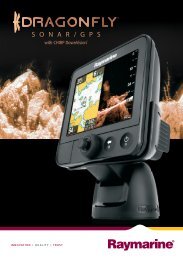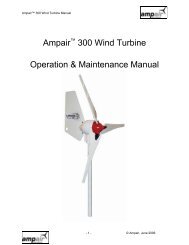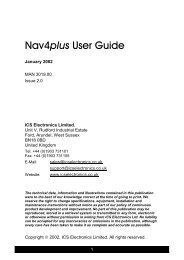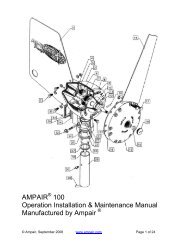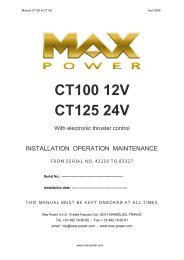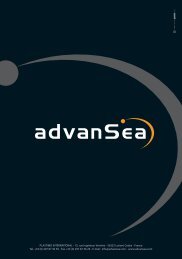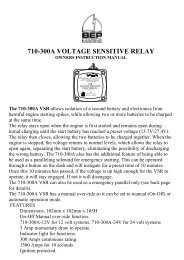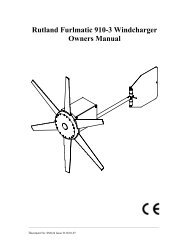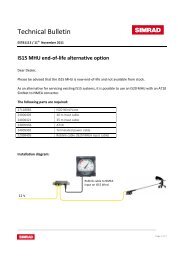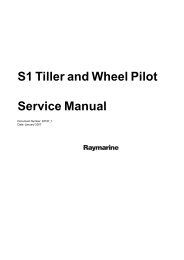User manual - JG Technologies
User manual - JG Technologies
User manual - JG Technologies
Create successful ePaper yourself
Turn your PDF publications into a flip-book with our unique Google optimized e-Paper software.
Navionics chartplotter sync connection<br />
You can wirelessly synchronize waypoints and routes between the<br />
multifunction display and an iPhone or iPad.<br />
1 2<br />
3 4<br />
9.2 Vessel position and orientation<br />
Vessel position on the chart display<br />
Your current position is represented on screen by the vessel symbol.<br />
The symbol used for your vessel will vary depending on the vessel<br />
type selected during initial set up of your multifunction display.<br />
Motor Vessels<br />
Sail Vessels<br />
Small Vessel<br />
1. Multifunction display.<br />
2. Wi-Fi connection.<br />
3. Apple iPhone or iPad.<br />
4. Navionics Marine app.<br />
To use this feature you must first:<br />
D12166-2<br />
• Download and install the Navionics Marine app, available from the<br />
Apple App Store.<br />
• Enable Wi-Fi in the System Settings on the multifunction display.<br />
• Enable Wi-Fi on your iPhone or iPad.<br />
• Select the Raymarine Wi-Fi connection from the list of available<br />
Wi-Fi networks on your iPhone or iPad.<br />
The vessel symbol will change to<br />
a black dot when your vessel is<br />
stationary and no heading data is<br />
available.<br />
Note: If positional data has been selected for display, your<br />
position will be displayed in the databar under Ves Pos.<br />
Chart orientation<br />
The orientation of a chart refers to the relationship between the<br />
chart and the direction that you are travelling in.<br />
It is used in conjunction with motion mode to control how your<br />
vessel and chart relate to one another and how they are displayed<br />
on screen.<br />
The mode you choose applies to the active chart instance, and is<br />
restored at power up.<br />
The following options are available:<br />
North–Up<br />
N<br />
In North Up mode, the chart orientation is fixed with true north<br />
upwards. As your heading changes the vessel symbol moves<br />
accordingly. This is the default mode for the chart application.<br />
Head-Up<br />
D12300-1<br />
D12298-1<br />
Head Up mode displays the chart with your vessel’s current heading<br />
upwards. As the heading changes the vessel symbol remains fixed<br />
and the chart picture rotates accordingly.<br />
Note: To prevent continuous backwards and forwards rotations<br />
as the vessel yaws from side-to-side, the chart will not update<br />
unless the heading changes by at least 10 degrees from the last<br />
displayed orientation.<br />
Using the chart 97




